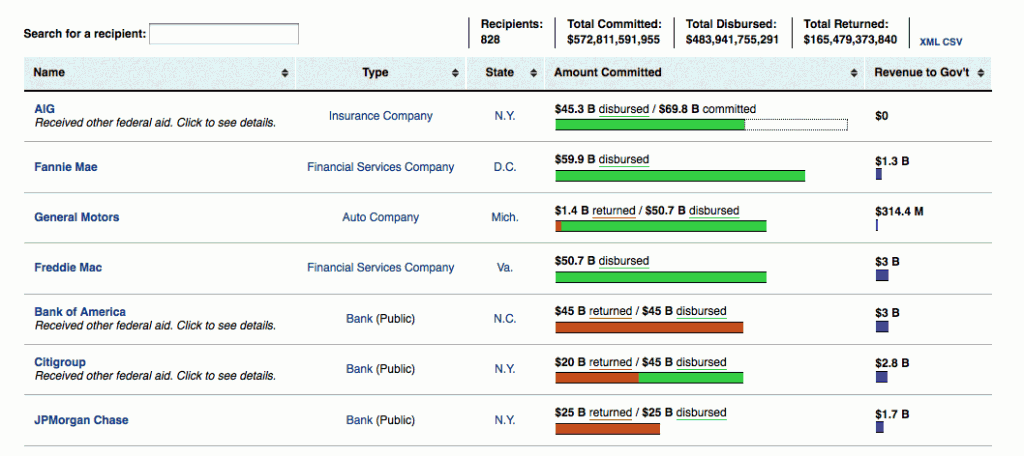What we extravagantly spend on healthcare has become even more a pressing topic with the recent release of Medicare spending data – the most detailed dataset yet made public – and of course, the ongoing implementation of Obamacare. Last week, The New Yorker’s Rachel Aviv brought focus to a microlevel of medical spending: a doctor who thought he could save the most rejected of patients, and who now will spend up to 33 years in prison for “the unlawful distribution of controlled substances” that led to the deaths of several patients.
Unfortunately, Aviv’s article, titled “Prescription for Disaster; The heartland’s pain-pills problem” is behind a paywall. Here’s part of the abstract:
In 2005, the medical examiner in Wichita, Kansas, noticed a cluster of deaths that were unusually similar in nature: in three years, sixteen men and women, between the ages of twenty-two and fifty-two, had died in their sleep. In the hours before they lost consciousness, they had been sluggish and dopey, struggling to stay awake. A few had complained of chest pain. “I can’t catch my breath,†one kept saying. All of them had taken painkillers prescribed by a family practice called the Schneider Medical Clinic.
On September 13, 2005, Schneider arrived at work to find the clinic cordoned off with police tape…Agents from the Kansas Bureau of Investigation and the Drug Enforcement Administration led Schneider into one of the clinic’s fourteen exam rooms and asked him why he had been prescribing so many opioid painkillers.
He responded that sixty per cent of his patients suffered from chronic pain, and few other physicians in the area would treat them. The agents wrote, “He tries to believe his patients when they describe their health problems and he will believe them until they prove themselves wrong.†When asked how many of his patients had died, Schneider said that he didn’t know.
Aviv’s article is powerful, moreso because it managed to cover an impressive number of dysfunctional systems while detailing the very human aspect of failure. Dr. Schneider, as Aviv portrays him, is almost the archetype of the ideal heartland doctor. He was a manager of the local grocery’s meat department until he became inspired by how his hospital treated his daughter for pneumonia. He became the first in his family to graduate from college; his daughter tells Aviv that Schneider ‘was “never comfortable with the level of status” that came with the job.’
But Dr. Schneider’s humility and kind-heartedness ran into an ill-timed storm of palliative care research, social dysfunction, and market forces. After he opened his own practice, Dr. Schneider told Aviv that:
Pharmaceutical reps came in and enlightened me that it was O.K. to treat chronic pain because there is no real cure. They had all sorts of studies showing that the long-acting medications were appropriate.
Other doctors in Wichita sent their unwanted patients to Dr. Schneider. And “nearly a dozen sales representatives” would visit him each day, taking him out to meals and cluttering his office with branded gifts. I looked for Dr. Schneider’s name in ProPublica’s Dollars for Docs database, but his clinical work happened well before the wave of financial disclosures that came in 2007. Cephalon, which would later become notorious and criminally charged for illegally marketing its narcotics, was a frequent patron of Dr. Schneider’s. From Aviv’s report:
The company sent Schneider’s physician assistant to New York for an “Actiq consultants meeting”; it paid for her to stay at the W hotel and to ride a boat on the Hudson. In 2003, Schneider was sent to an Actiq conference in New Orleans, sponsored by Cephalon. He said that a specialist told him, “You could stick multiple Actiq suckers in your mouth and your rear end and you still wouldn’t overdose. It’s clinically impossible”
People shocked by the revelation of financial ties between doctors and drug companies often assume (sometimes without enough justification, in my opinion) that the doctors are traitors to the Hippocratic Oath and humanity. But Aviv’s report describes a doctor who is so Pollyannish that a prison guard chides him for talking to The New Yorker and Aviv: “you know she’s just going to tear you apart,” Schneider apparently confides to Aviv.
There’s more going on here than just the chase for money by the drug companies, or the naiveté/cravenness of the doctors who prescribe the drugs. There’s the huge issue of palliative care – how do we know whether patients really “need” painkillers? – and the pressure of politics, including the role of the D.E.A. and patient advocates, and of course, how much government should subsidize health care at all. There’s even the peripheral issue of electronic medical records and bureaucracy; Dr. Schneider’s clinic was so poorly managed that patients, who were rejected by one of the clinic’s doctors, would simply sign up with another doctor who worked at Schneider’s clinic, thanks to the clinic’s sloppy record keeping. It didn’t help that the clinic took in so many patients that “appointments were generally scheduled every ten minutes.”
It’s worth picking up a print copy – or even subscribing – just to read Aviv’s article on Dr. Schneider. It reveals the astonishingly heart-breaking complexity behind medical spending, and yet, even pushing the limits of the longform article format, it barely begins to describe the depth of that complexity.










